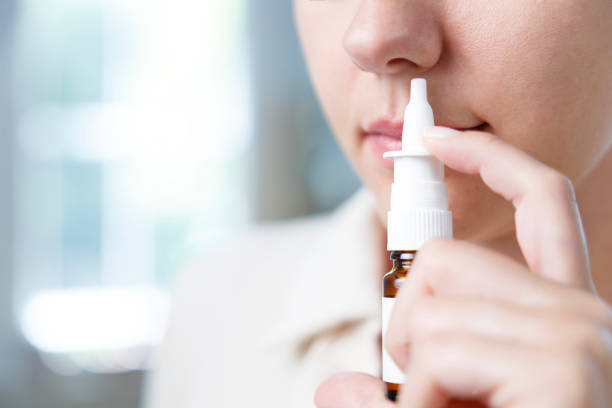USP Inhaler Device Cleanability Testing
The USP Inhaler Device Cleanability Test is a critical procedure designed to evaluate the ability of an inhalation device to be cleaned effectively, ensuring that it remains free from residues and contaminants. This test is particularly important in pharmaceutical testing as it directly impacts patient safety and product efficacy.
Inhalation devices are often small and intricate, with internal components that can harbor minute amounts of active ingredients or excipients. Residues on these surfaces could lead to inconsistencies in drug delivery, which might result in suboptimal treatment outcomes for patients. The USP 601 test method provides a standardized approach to assess the cleanability of inhalation devices.
The testing procedure involves simulating the use and cleaning process that an inhaler undergoes during its lifecycle. This includes exposure to active pharmaceutical ingredients, mechanical stress from actuation, and subsequent cleaning attempts using various solvents or detergents. The goal is to determine if any residues remain on critical surfaces after cleaning.
The test setup typically involves the following steps:
- Preparation of the inhalation device for testing.
- Simulating real-world use conditions, including actuation and exposure to active ingredients.
- Cleaning the device according to standard procedures.
- Analysis of residues using appropriate analytical techniques such as HPLC or GC-MS to quantify any remaining substances.
The acceptance criteria for this test are stringent, ensuring that all devices meet strict quality control standards. The USP 601 guidelines provide detailed specifications on the acceptable levels of residues, which vary depending on the type and function of the inhalation device.
Understanding these parameters is crucial for pharmaceutical manufacturers to ensure their products comply with regulatory requirements and maintain high standards of safety and efficacy. By conducting this test, companies can identify potential issues early in the development process, thus avoiding costly recalls or product failures later on.
Benefits
- Avoids Product Failures: Ensuring that inhalation devices can be effectively cleaned prevents contamination issues that could lead to product recalls and costly repairs.
- Patient Safety: By reducing the risk of residues, this test enhances patient safety by ensuring consistent and effective drug delivery.
- Regulatory Compliance: Meeting USP standards guarantees compliance with regulatory bodies like the FDA, which is essential for market approval.
- Improved Quality Control: Regular cleanability testing helps manufacturers maintain consistent product quality across batches and production runs.
Eurolab Advantages
Eurolab stands out as a leader in pharmaceutical testing, offering comprehensive inhalation device cleanability testing services that are second to none. Our experienced team of scientists and engineers ensures precision and reliability in every test conducted.
- State-of-the-Art Facilities: Equipped with advanced instrumentation and facilities tailored for pharmaceutical testing, we provide accurate and reproducible results.
- Experienced Professionals: Our team comprises experts with extensive experience in the field of inhalation device testing, ensuring that each test is conducted to the highest standards.
- Comprehensive Reporting: We offer detailed reports that not only summarize test results but also provide valuable insights and recommendations for improvement.
Why Choose This Test
The USP Inhaler Device Cleanability Test is essential for pharmaceutical companies looking to ensure the safety, efficacy, and compliance of their inhalation devices. By choosing this test, you are investing in a robust quality assurance process that will help maintain your product's integrity and reputation.
Real-world examples illustrate the importance of cleanability testing. For instance, a company that failed to adequately address residues on its inhaler device faced significant challenges when regulatory bodies demanded additional data proving compliance with USP standards. This led to delays in market release and increased costs associated with retesting and reformulating the product.
On the other hand, companies that prioritize cleanability testing early in their development process have seen benefits such as reduced manufacturing downtimes due to equipment cleaning, improved consistency across production runs, and enhanced patient satisfaction. These advantages underscore why investing in this test is a wise decision for any pharmaceutical company.





